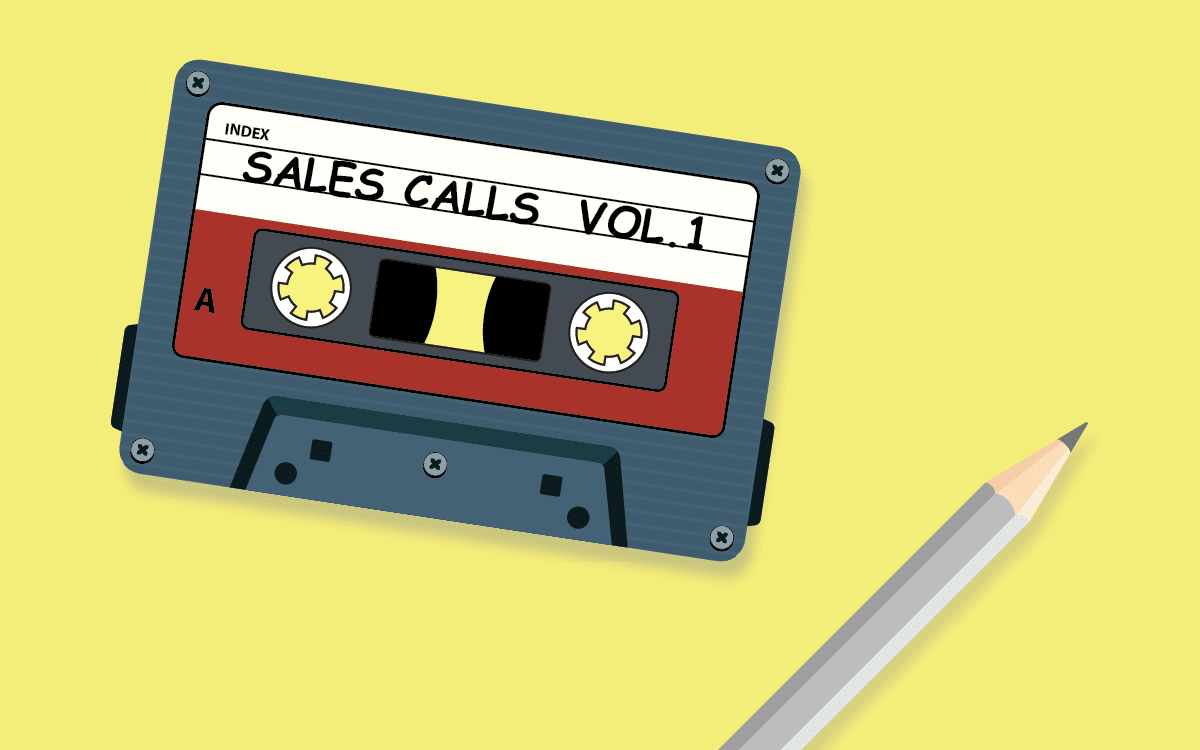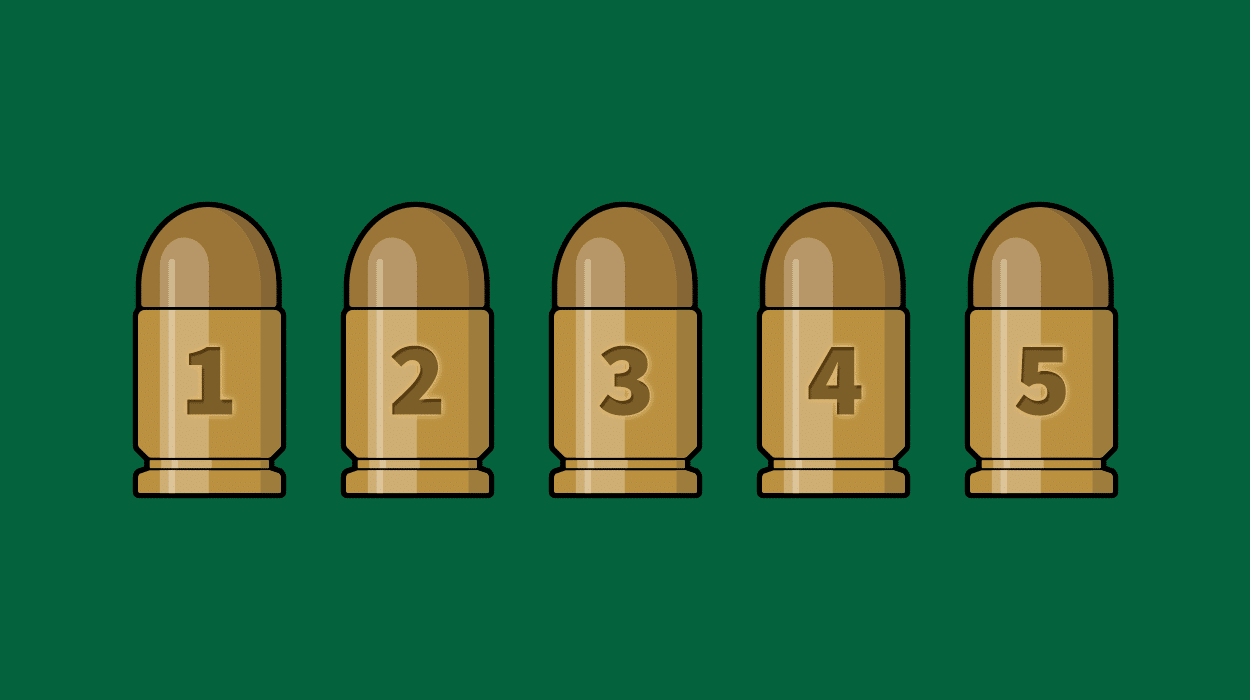Do you know what the difference is between business success and failure?
Successful businesses pay close attention to what their customers are saying. In other words, they prioritize using Voice of the Customer (VoC) initiatives to understand better their customers’ wants, needs, and pain points.
One of the best ways to get your customers’ points of view is through recorded sales calls. These recordings allow marketers to listen to their customers firsthand and perfect their sales messaging with ideas that resonate with prospects.
Unlike a survey or review, the customer hasn’t necessarily had a chance to think about their responses. The call is in real time. It’s unedited, authentic, and doesn’t require you to read between the lines.
Successful marketing copy isn’t just about knowing what to say to customers but also how to say it to generate the desired emotional response.
Are you starting to sense the VoC/marketing copy/recorded sales calls love triangle yet?
Let’s dive into five reasons why you should embrace sales calls as the best VoC copywriting hack for marketers.
1. Better Clarity Hearing Straight From The Horse’s Mouth
Marketers and sales reps benefit from hearing it from the horse’s (customer’s) mouth. A sales rep can hear a customer’s pain points or frustrations as something to solve, while a marketer sees this information as an opportunity to position products across customer touchpoints.
In the past, marketers would have to take second-hand stories from the sales and customer success departments about what customers were thinking.
It wasn’t unusual for customers’ actual pain points to be buried deep within a sales rep’s notes or for their exact choice of words to go without mention. While these things might not have seemed important at the time, they could potentially lose a brand the opportunity to use a piece of information to their advantage and stand out from the competition.
To produce the best copywriting possible, a marketer must get their VoC data straight from the source. And you can’t get any closer to the source than a recorded sales call.
2. It Helps You Understand The Whole Story
Sales calls are more authentic than other VoC information-gathering methods, as they occur in real time. There’s back-and-forth conversation, follow-up questions, and even the ability to gauge something as simple as a customer’s tone (are they pleased, anxious, frustrated?).
Directly hearing the VoC through recorded sales calls reveals a ‘bigger picture’ like:
- What customers care about, their motivations, uncertainties, triggers, and biggest obstacles
- How they prioritize these things
- The specific words they use to describe their experience with the brand, product, or service
- What competitors are on their mind
- How did they hear about your brand
Capturing this information helps copywriters craft more effective and quicker marketing messages.
No one has to play a guessing game.
3. It Gives You The Ability To Use Your Customer’s Words
Marketing copy isn’t just about knowing what to say to customers and how to say it.
Listening in on these calls gives marketers the authentic way a customer speaks, including their choice of words when describing their experience with the brand.
The benefits are three-fold when your marketing messages mirror your customers’ exact language.
You not only continue to convey the right messages to your existing customers (therefore boosting customer retention) but also resonate with other similar consumers (your target audience). Also, using the same language as your customers make your brand more likable to them, as you’re highlighting that you speak, think, and feel the same way they do.
When it comes to successful content creation, there’s no better way to connect with your customers than using the vernacular they use. And the best way to discover your customers’ words is to hear them spoken on a sales or support call.
4. It’s The Best Way To Get Inside Your Customer’s Head
Do you know what truly motivates a customer with their purchasing decisions? Pain points — a.k.a. the problems and obstacles your target consumers are experiencing and looking to overcome.
Common pain points include:
- Financial considerations or constraints
- Risk or trust issues
- Lack of ease or convenience
- Productivity and time constraints
- Poor processing
- Lack of communication or support
Now, if you want to get to the heart of these pain points rather than sifting through endless data, you’ve got to utilize recorded sales calls. Why? Because this qualitative research method relies on conversations and personal experiences to uncover the pain point and what’s at the root of this pain.
For example, a consumer’s pain point might be a lack of time, but specifically, why do they experience this? Are they juggling full-time work and parenting? Or do they have a job that requires them to put in extra long hours?
Armed with this information, it’s a lot easier to create copy that truly speaks to this target consumer and convinces them that what you’re selling is the solution they’ve been looking for. In other words, it helps you enter the conversation in the customer’s mind.
I’m not just talking about the copy on your website, either. This information lends itself to perfecting the marketing copy across several aspects of your company, including honing the sales team’s pitch scripts to ensure they get it right every time.
5. It Teaches You How To Defend Against Objections
It doesn’t matter how great your product or service is. People will still have objections about it.
What if I can’t afford it? What if I don’t use it? Or what if I can find a better or cheaper version somewhere else?
Of course, every offering will carry different concerns, so it’s not a one-size-fits-all scenario.
What is the solution to uncovering your target consumers’ objections? Listen to recorded sales calls where the customer (or prospective customer) has been asked about their initial hesitations about the offering. Along with identifying these objections, listen carefully to how they discuss them. What specific language do they use?
You’ll then want to use this information to preemptively address these objections on your website and in marketing collateral copy. For every objection, offer a solution that resolves their hesitation.
For example, to alleviate their concerns about cost, mention the payment plan option, discuss why yours is better than the cheaper alternatives, and prove your product’s or service’s value. To help them overcome doubts about the effectiveness of your offering, list testimonials from customers who have benefited from your product or service.
This marketing copy isn’t just valuable for your website and marketing collateral but also arms the sales team with a highly effective script to overcome objections in real time. Now that’s a win-win.
Editor’s Note: The article is part of the blog series Grow Your Business, brought to you by the marketing team at Unitel, the virtual phone system priced and designed for startups and small business owners.






